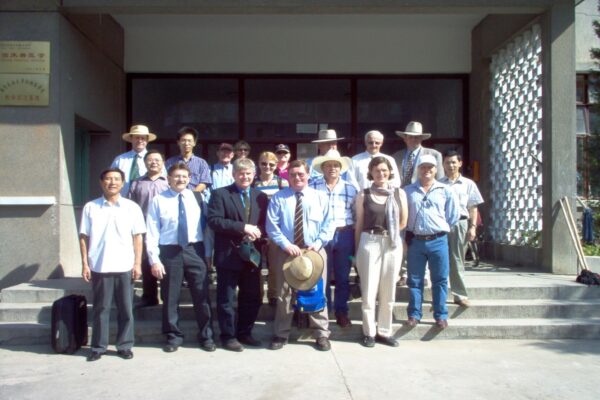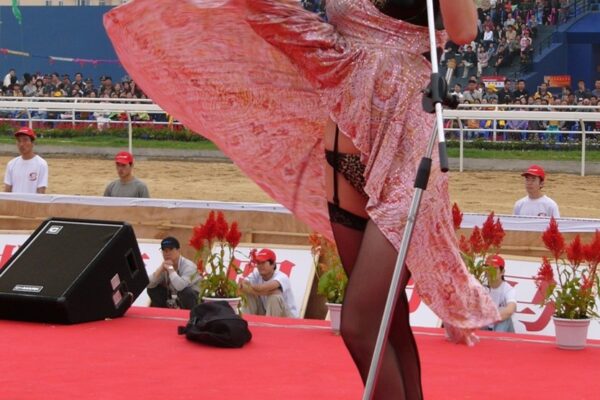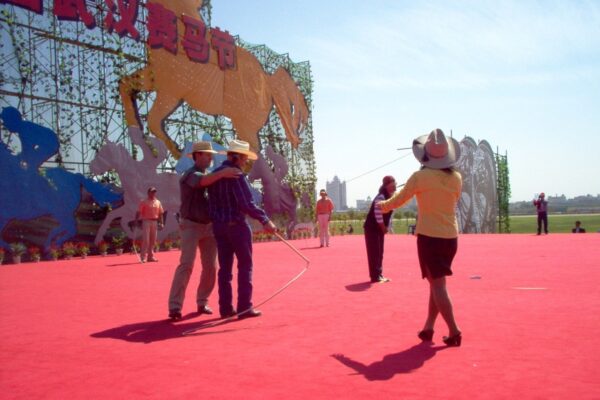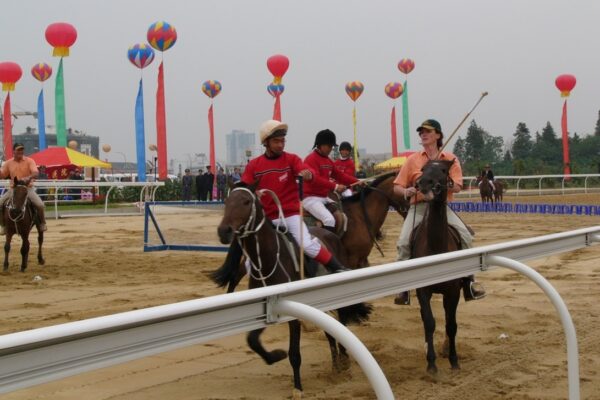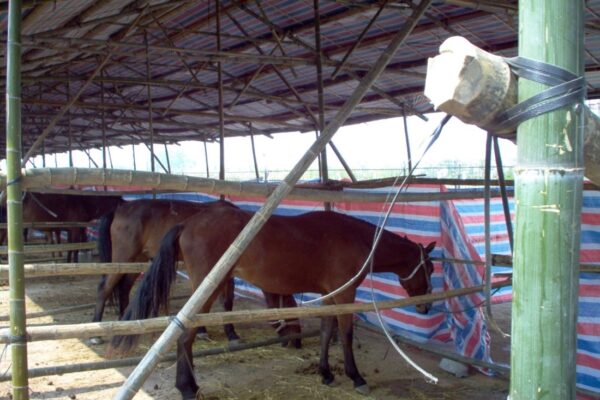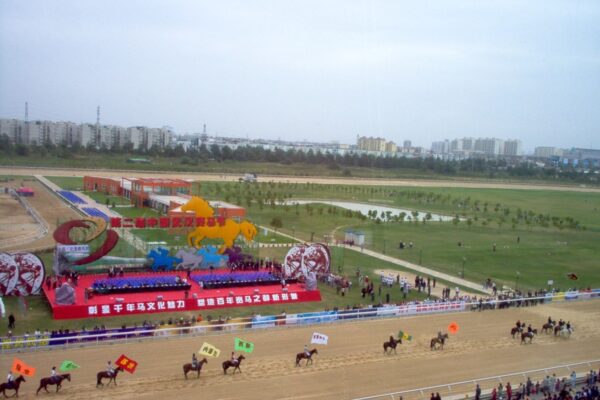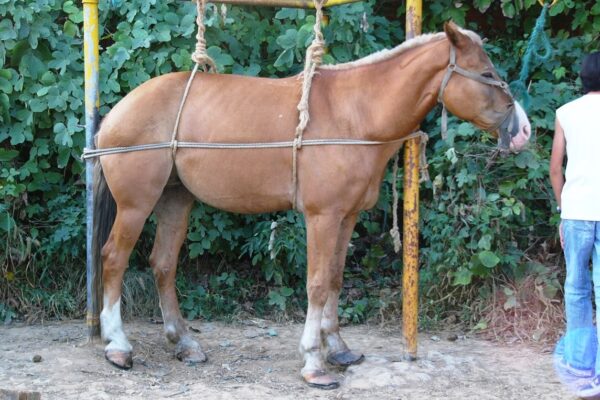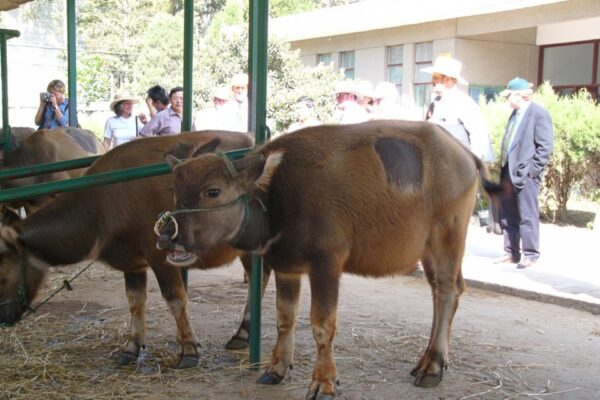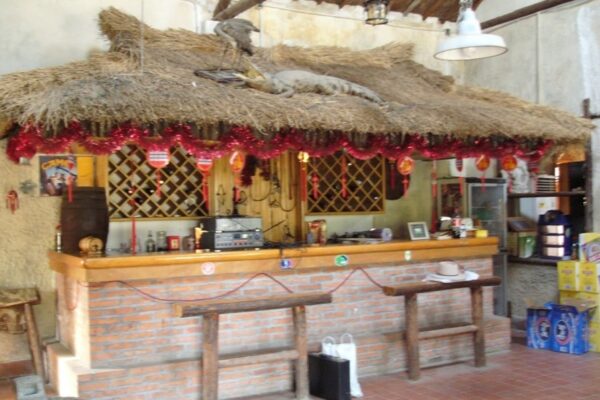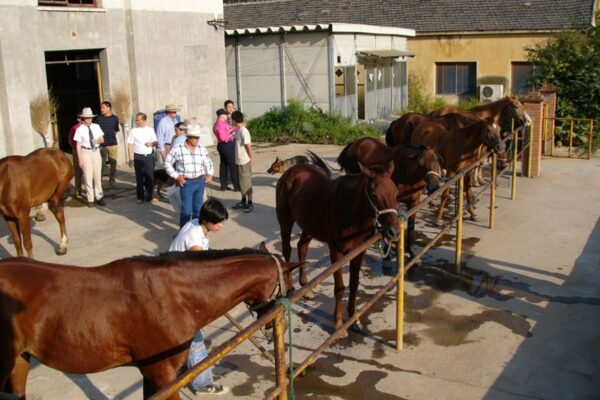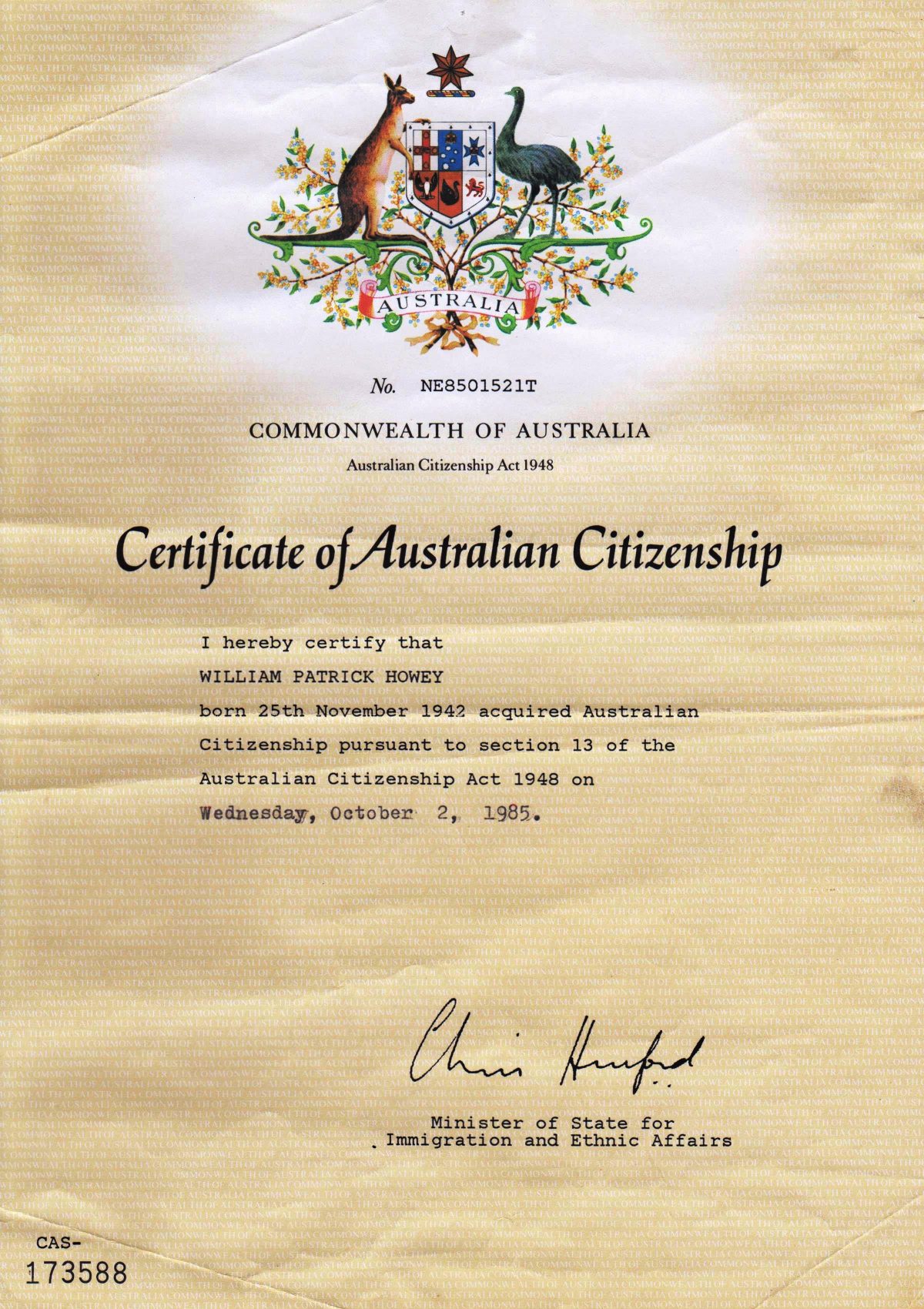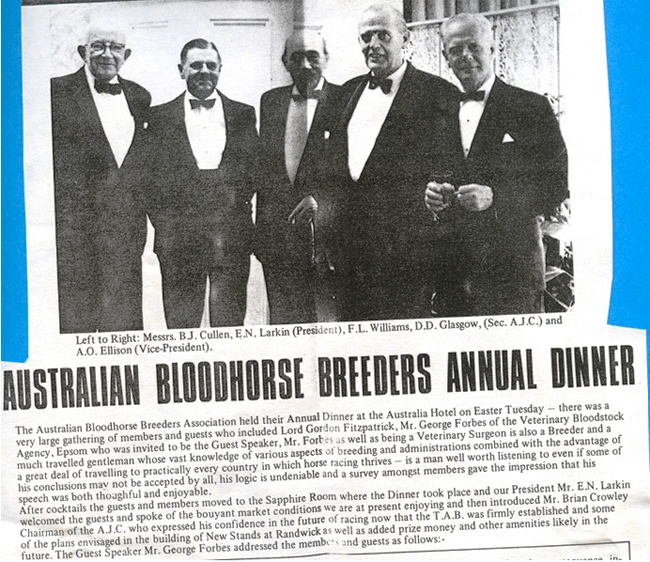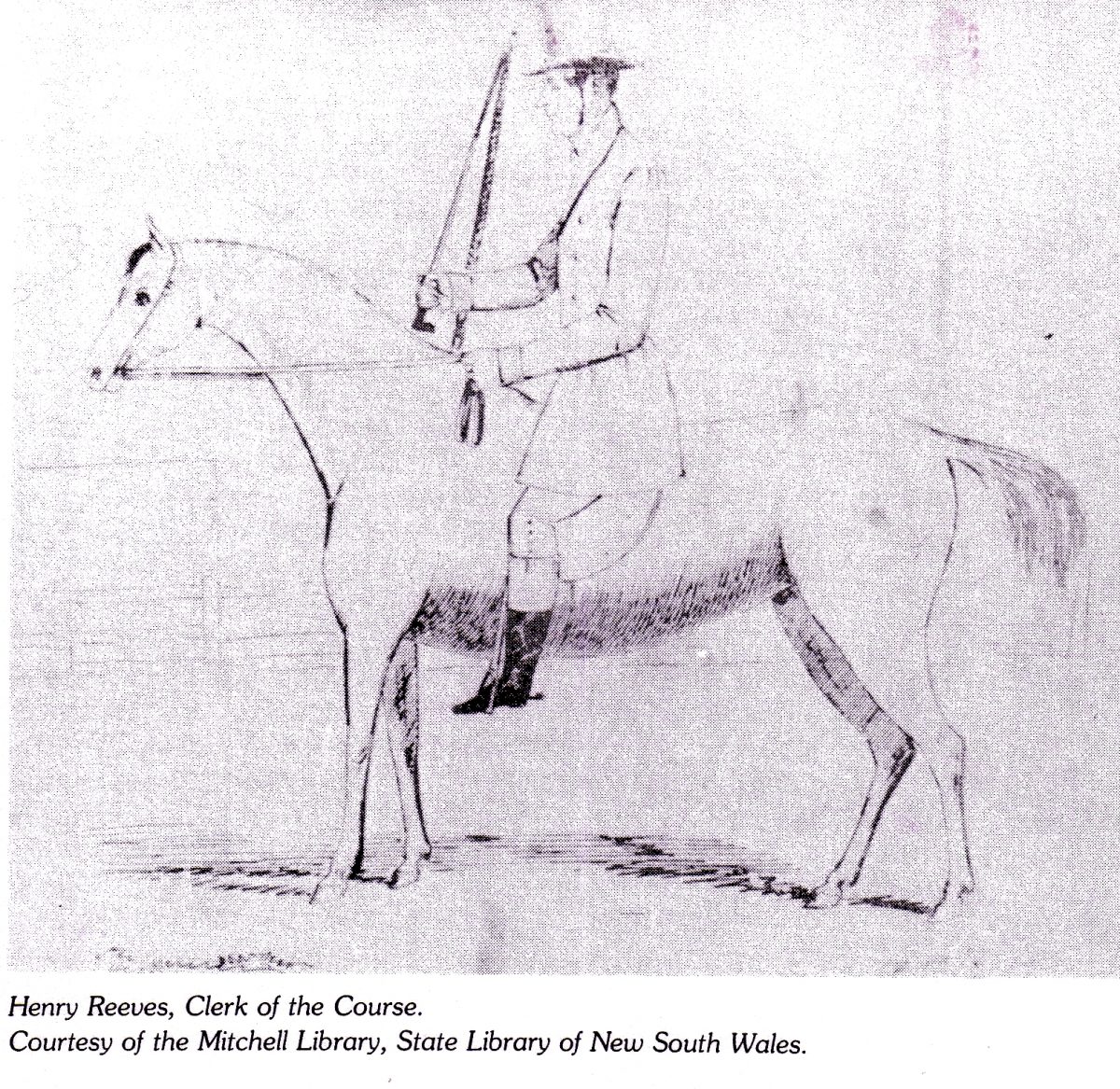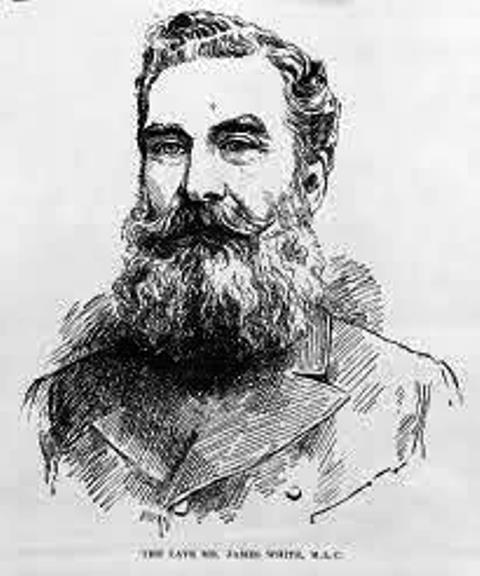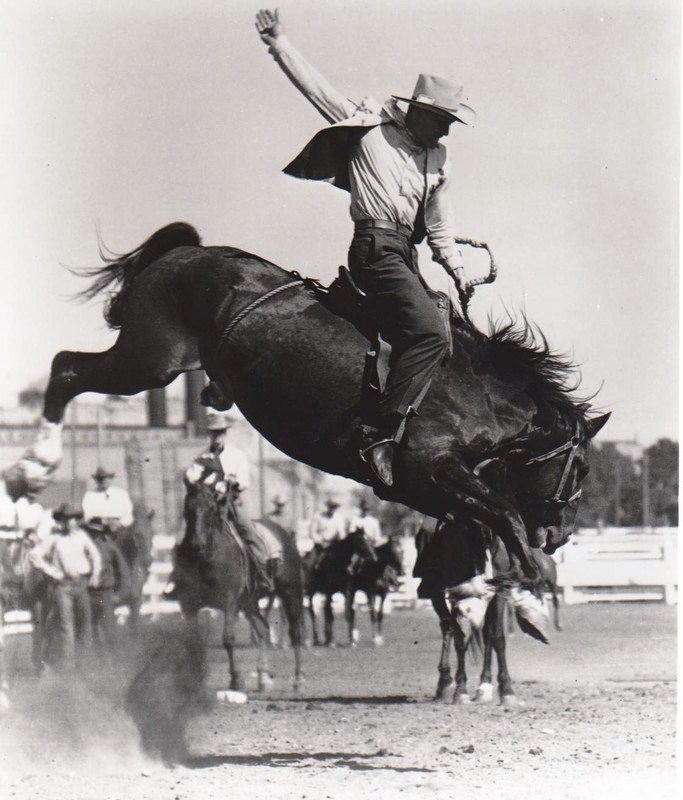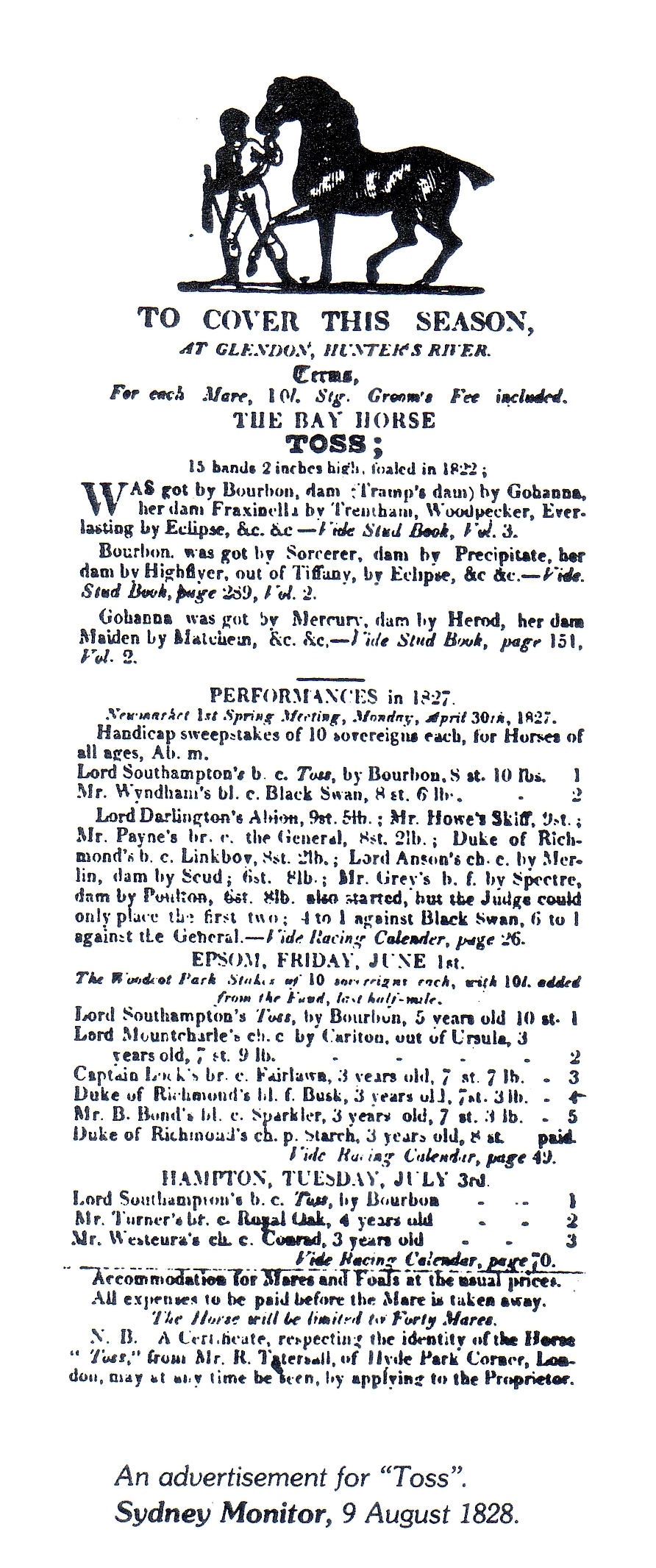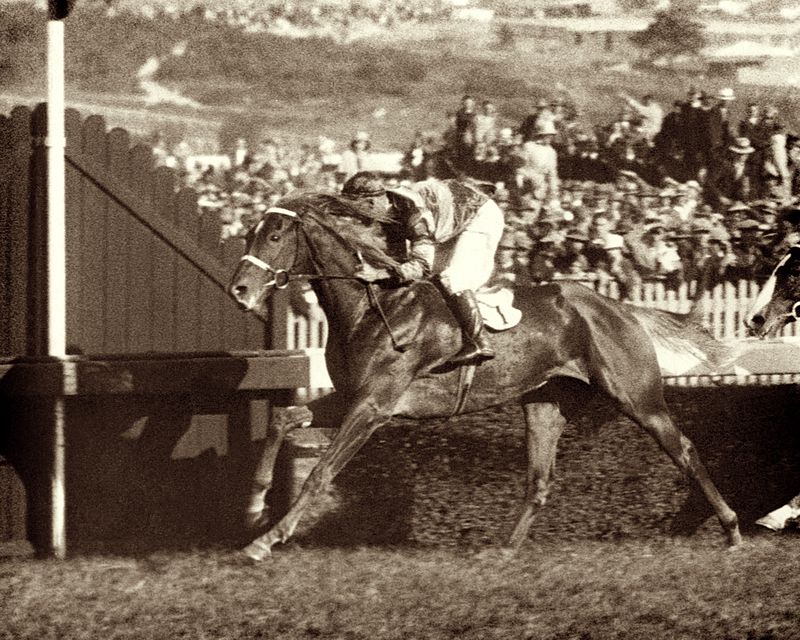Oath of Allegiance & Affirmation of Allegiance
Featured Image: My Certificate of Australian Citizenship acquired by my Oath of Allegiance made to Terry Barnes, Scone Shire Council Clerk on Wednesday, October 2, 1985.
Pledge of Commitment for Citizenship
The wording of the Oath of Allegiance taken by newly naturalising Australian citizens has changed over time. Australian nationality was created by the Nationality and Citizenship Act 1948, which came into effect on 26 January 1949. British subjects could become Australian citizens after one year’s residence in Australia as an immigrant by registration, and there was no requirement to attend a citizenship ceremony or take an oath of allegiance. Non-British subjects, on the other hand, were required to apply for naturalization, which had stricter requirements, including a five-year residency. They were required to attend a citizenship ceremony and swear an oath of allegiance, which was:
I, A. B; swear by Almighty God that I will be faithful and bear true allegiance to His Majesty King George the Sixth, his heirs and successors according to law, and that I will faithfully observe the laws of Australia and fulfil my duties as an Australian citizen.
In 1966, the Holt Government added the clause “renouncing all other allegiance” to the oath, though there was no requirement for new citizens to formally take steps under the law of their former country to renounce the previous citizenship. In 1973, the Whitlam Government ended the preferential treatment for British subjects from 1 December 1973 and inserted a reference to the “Queen of Australia”, to become:
I, A. B., renouncing all other allegiance, swear by Almighty God that I will be faithful and bear true allegiance to Her Majesty Elizabeth the Second, Queen of Australia, Her heirs and successors according to law, and that I will faithfully observe the laws of Australia and fulfil my duties as an Australian citizen.
In 1986, the Hawke Government removed the renunciation requirement and the requirement for candidates to state their names, the wording becoming:
I swear by Almighty God that I will be faithful and bear true allegiance to Her Majesty Elizabeth the Second, Queen of Australia, Her heirs and successors according to law, and that I will faithfully observe the laws of Australia and fulfil my duties as an Australian citizen.
In 1994, the Keating Government replaced the oath with a Pledge of Commitment to Australia and removed the reference to the Crown:
From this time forward, [under God,]
I pledge my loyalty to Australia and its people,
Whose democratic beliefs I share,
Whose rights and liberties I respect, and
Whose laws I will uphold and obey.
The prospective citizen has the option of making the pledge with or without the words “under God”.
There have been no changes since.
This has been a ‘hot political potato’ in recent times; unnecessarily so in my opinion. I was not required to relinquish my British (by birthright) citizenship. I asked all my friends attending our social Wednesday morning coffee meetings who had sworn an Oath of Allegiance to Australia and its people. As the only ‘boat person’ (migrant) I was the only one who had. They/I was surprised. They didn’t actually know the wording of the oath and/or affirmation. I honestly believed I was better informed?
